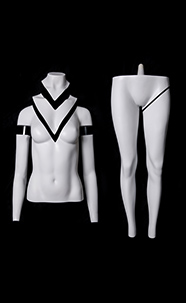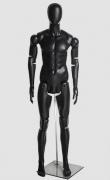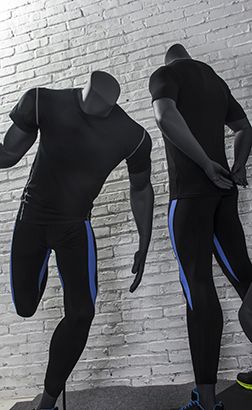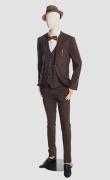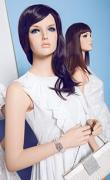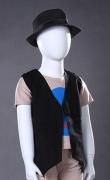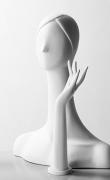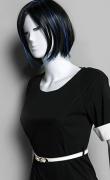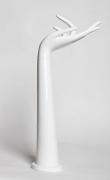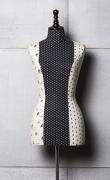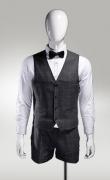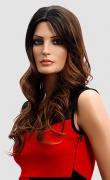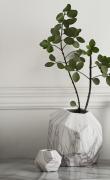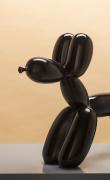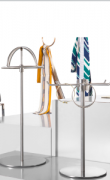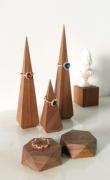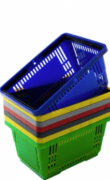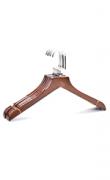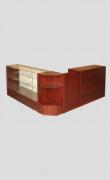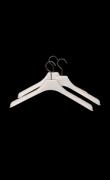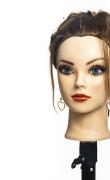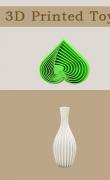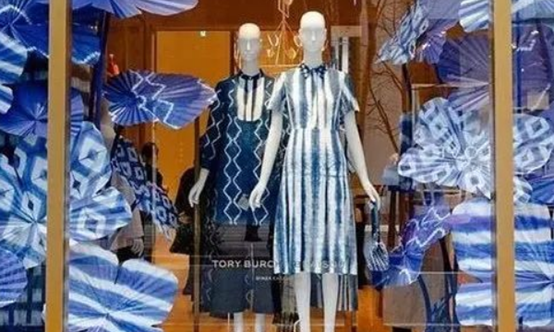
The display design of a store, window display design is the key. When customers pass by the store, the first thing they see is the window display, which is an indispensable "weapon" to attract customers into the store. A well-designed showcase not only displays products and promotes consumption, but also strengthens the brand image.
For a display designer, the first step in starting a store design is to understand the shop window, just like a painter who first understands the material and size of the canvas before painting.
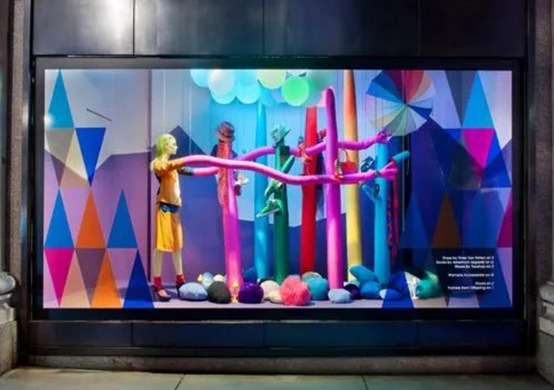
So what are the common types of shop windows?
Type 1: Closed Window Display
There is a large glass surface on the front, and closed walls on the back and sides. This type of showcase is often used in high-end brand shops. Because products can only be displayed from one perspective, a closed showcase requires a detailed design scheme. Due to the large space, the number and cost of props will also increase accordingly.
The advantage of a closed showcase is that it can fully display the theme, present complex and varied visual effects, and create atmospheric and artistic shapes. It has a high degree of design freedom and can effectively showcase brand culture.
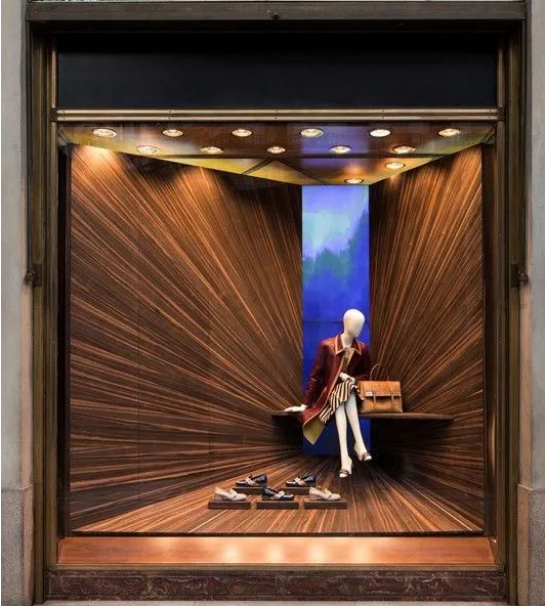
Type 2: Fully transparent display window
Commonly seen in some large supermarkets, the entire front of the store is presented in front of customers. Because there are many customers entering the store, fully transparent display windows are usually used. This type of showcase will visually display products, and when displaying, it is necessary to consider the coordination with the store environment.
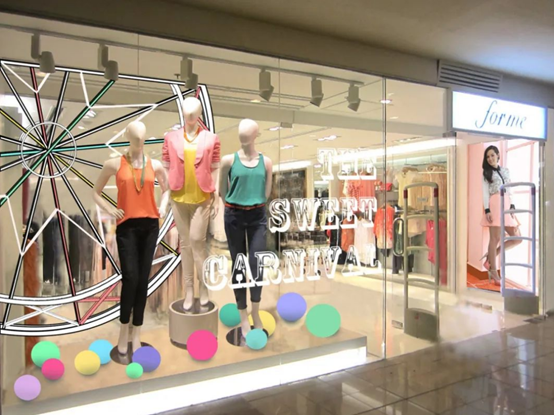
Type 3: Semi transparent display window
This type of shop window does not have a fully enclosed back panel, and is visually or spatially separated by props, backgrounds, and other elements to enhance the transparency of the shop window. Its advantage is that it can display products and also allow customers to see the interior environment of the store.
Customers can observe the store from both internal and external perspectives, so they have high design requirements for the furnishings and overall appearance inside the store. Like transparent display windows, when arranging, it is necessary to consider the resonance of the surrounding environment, including lighting, shape, and color.





